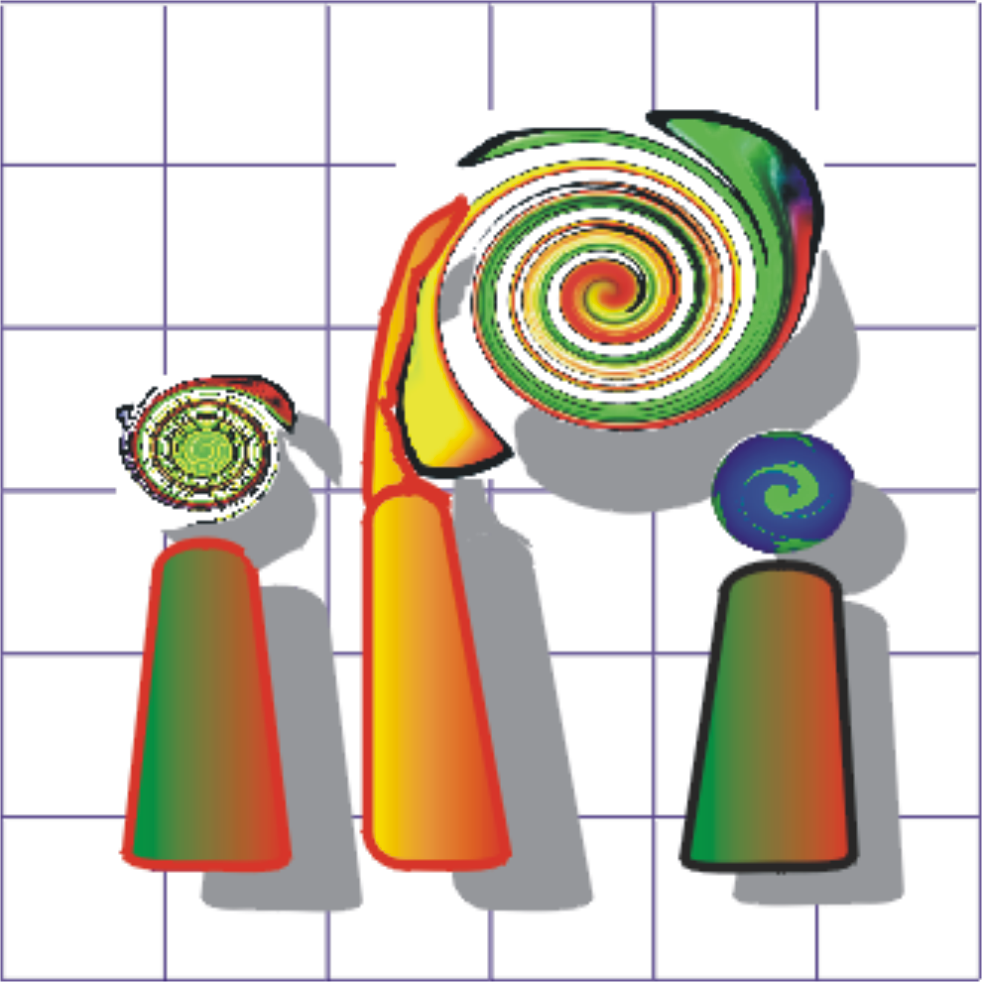Automatic Structural Interpretation of Agricultural Areas from High Resolution Aerial Images (2008)
| Team: | Kian Pakzad |
| Year: | 2008 |
| Funding: | DFG |
| Duration: | since 2005 |
| Is Finished: | yes |
Motivation
Different applications require the acquisition of crop classes in agricultural areas. For each field besides the crop classes, such models need additional information, like growing stage of the crops or cultivation direction. Another application, which needs crop classes, is the EU control mechanism MARS (Monitoring Agriculture with Remote Sensing) for crop prediction. Also insurance companies are interested in observation of such areas, e.g. for the documentation of damages caused by the weather (storm losses). For the mentioned applications a robust and automatic determination of crop classes based on remote sensing data with a sufficient number of classes would increase their efficiency enormously and reduce their costs.
Goal
The goal of this approach is the recognition of crop classes, of their growing stages, and of further features by using remote sensing images with high spatial and temporal resolution.
Strategy
The temporal changes on the crop fields are transferred into multitemporal models. They are used for an automated recognition of crop classes from multitemporal images. For the recognition process different image features, which are observable and which characterise the changes on the fields, are computed. Such features are descriptions of spectral characteristics, the texture or the surface structure of the crop fields. Reference fields with known crop classes are used to learn the characteristic changes of the features and to transfer them into the multitemporal models. Especially two aspects will be investigated:
- How do different feature values change over time and
- how relevant are the different features during the growing period.
A key topic is the development of continuous multitemporal models by using the discretely observed features. These models must be able to predict any growing stage of the crop fields, even if they cannot be observed during the process of model creation. For achieving this result, it is necessary to choose image sequences with a sufficiently high temporal resolution in order to be able to transfer the discrete model to a continuous one. For this high resolution colour aerial images with a ground pixel size of 20cm are used, taken once a month. A difficulty is, that the growth of the crops can be influenced by different factors. These factors include weather influences, which vary from year to year, or also local influences, which depend on the soil conditions of the local areas. Such influences are included into the crop growing models. Investigations are done about the question, how to integrate these effects into the recognition process. Currently another way to represent the multitemporal models is tested: The representation by using HMMs (Hidden Markov Models). For every crop class a HMM is learned. As observation spectral, textural and structural features are used. But the HMMs are used in a non standard way to be able to include an arbitrary number of temporal observations of the crops in the interpretation process.


